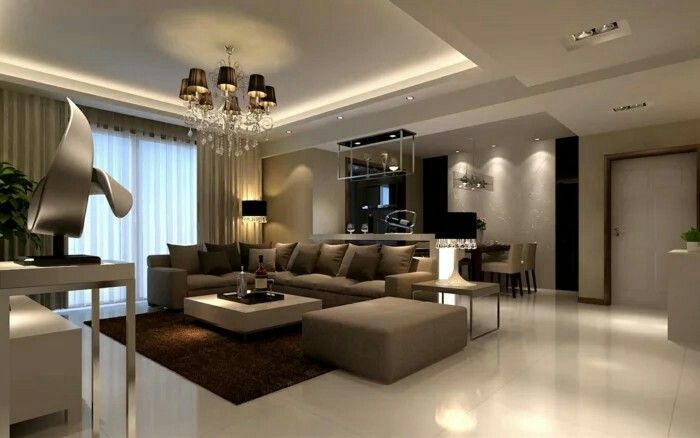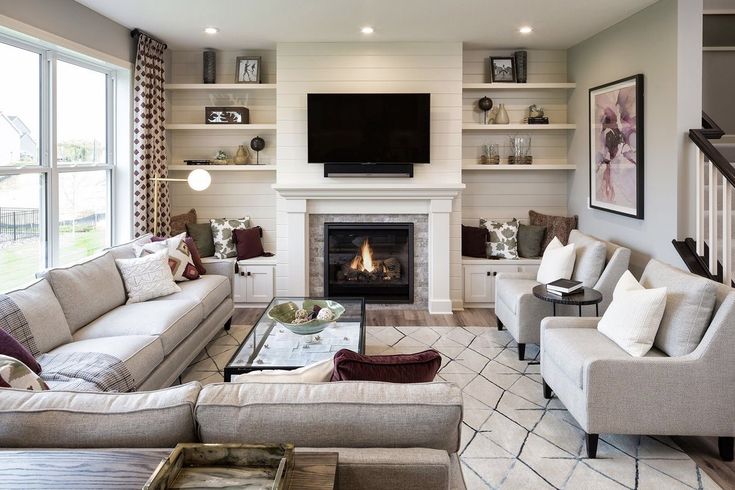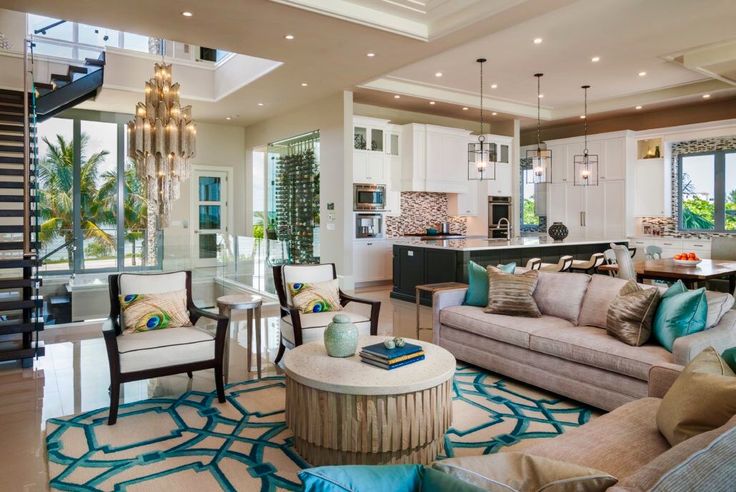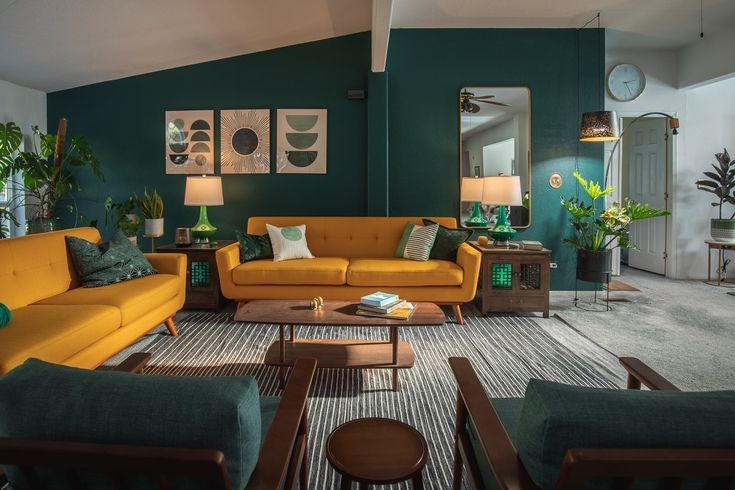Perfect Balance: How to Arrange Furniture in Any Size Living Room
Perfect Balance: How to Arrange Furniture in Any Size Living Room – Arranging furniture in a living room can seem like a daunting task, especially when you’re working with limited space or unique layouts. However, achieving a perfect balance in any size living room is possible with some careful planning and creativity. This guide will walk you through actionable tips and strategies to transform your living room into a harmonious and functional space that reflects your style.
Assess Your Space
Before diving into furniture arrangement, it’s crucial to assess your living room space. Consider the following:
- Measure Your Room: Use a tape measure to record the dimensions of your living room, including the height, width, and length.
- Identify Focal Points: Determine natural focal points such as fireplaces, windows, or built-in shelves. If there isn’t one, you can create a focal point using art, a mirror, or a statement piece of furniture.
- Understand Traffic Flow: Ensure there’s enough space for people to move around freely. High-traffic areas should remain unobstructed.
- Take Note of Features: Note where doors, outlets, and heating vents are located to avoid placing furniture in impractical spots.
Define the Purpose
Think about how you plan to use your living room. Is it for entertaining guests, watching TV, reading, or a mix of activities? Clarifying the purpose will help you choose the right furniture and layout.
- For Socializing: Opt for a layout that encourages conversation by positioning seating to face each other.
- For Relaxation: Include comfortable seating, ottomans, and side tables for drinks or books.
- For Multipurpose Use: Incorporate versatile pieces like storage ottomans or foldable tables.
Choose the Right Furniture
Selecting the right furniture is essential for achieving balance. Here’s what to consider:
For Small Living Rooms:
- Compact Furniture: Choose pieces with a smaller footprint, like loveseats, armless chairs, or slim-profile sofas.
- Multi-Functional Pieces: Look for furniture that serves dual purposes, such as storage ottomans, sofa beds, or nesting tables.
- Lightweight Materials: Opt for furniture with slender legs or made from lighter materials to create an open feel.
For Large Living Rooms:
- Oversized Furniture: Large sectional sofas, oversized coffee tables, and statement armchairs can help fill the space.
- Zoning: Divide the room into functional zones, such as a seating area, reading nook, or workspace.
- Layering: Use rugs, lighting, and accent furniture to create a cozy atmosphere.
Layout Strategies for Any Size Living Room
Small Living Room Layout Ideas:
- Anchor with a Rug: A rug can define the seating area and make the space feel cohesive.
- Float Furniture: Avoid pushing all furniture against the walls; floating pieces create the illusion of more space.
- Vertical Storage: Use tall shelves or wall-mounted units to maximize vertical space.
Medium-Sized Living Room Layout Ideas:
- Symmetry: Arrange furniture symmetrically for a balanced and formal look.
- Layer Lighting: Include a mix of floor lamps, table lamps, and ceiling fixtures to enhance ambiance.
- Create Groupings: Use smaller furniture clusters for distinct zones within the room.
Large Living Room Layout Ideas:
- Multiple Zones: Break the room into sections, such as a TV area, a game table, and a reading corner.
- Use Statement Pieces: Large artwork or bold furniture can create visual interest and fill empty walls.
- Play with Scale: Mix larger furniture with smaller decorative accents for contrast.
Balance and Proportion
Balancing furniture in a living room involves maintaining proportion between different elements. Here are tips to ensure harmony:
- Visual Weight: Balance heavy furniture with lighter pieces. For example, pair a bulky sofa with a glass coffee table.
- Color Palette: Stick to a cohesive color scheme to unify the space.
- Height Variation: Combine furniture of varying heights, such as a low sofa with a tall bookcase, for visual interest.
- Rule of Thirds: Arrange items in groups of three for a naturally pleasing look.
Tips for Arranging Key Furniture Pieces
Sofa
The sofa is often the centerpiece of a living room. Position it to face the focal point, whether it’s a TV, fireplace, or a window with a great view.
Coffee Table
Ensure the coffee table is proportionate to the sofa and positioned within easy reach. Leave about 18 inches of space between the table and the seating.
Chairs
Place chairs to complement the sofa arrangement. In smaller rooms, opt for armless chairs to save space.
TV
Position the TV at eye level when seated. The ideal distance between the TV and seating is about 1.5 to 2.5 times the screen size.
Shelving and Storage
Arrange shelves with a mix of books, decorative items, and empty space to avoid a cluttered look.
Incorporate Decor and Accessories
Accessories add personality and complete the look of your living room. Consider these tips:
- Throw Pillows and Blankets: Use pillows and blankets to introduce color, pattern, and texture.
- Wall Art: Hang art at eye level to create a gallery-like feel.
- Plants: Bring in greenery for a natural touch and improved air quality.
- Mirrors: Use mirrors to reflect light and make the space appear larger.
- Rugs: Choose a rug that complements your furniture and anchors the room.
Final Touches
After arranging the furniture and accessories, take a step back and evaluate the overall look. Adjust pieces as needed to achieve the perfect balance. Test the flow of the room by walking through it to ensure everything feels natural and functional.
Conclusion
Arranging furniture in a living room, regardless of its size, is all about finding the right balance between functionality and style. By assessing your space, defining its purpose, and choosing the right furniture and layout, you can create a living room that’s both beautiful and practical. Remember, the key to success is to experiment, be patient, and let your personal taste shine through. With these tips, you’ll be well on your way to achieving the perfect balance in any living room.






